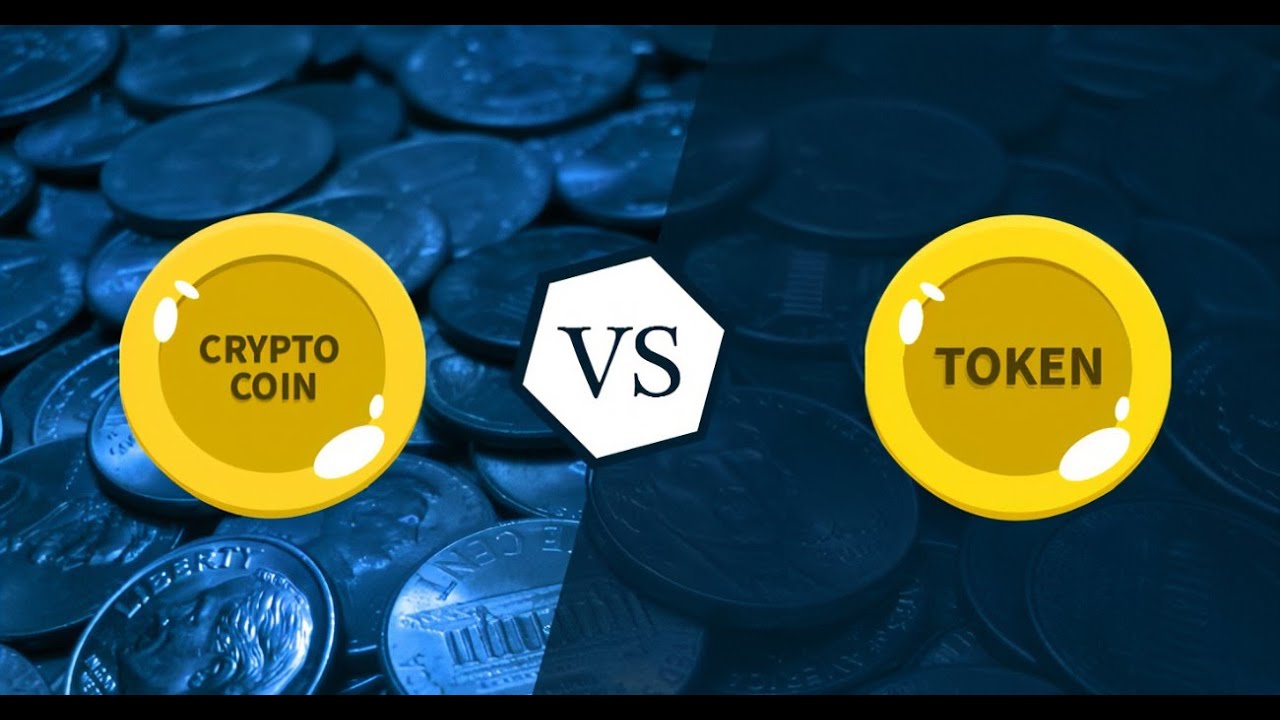Digital assets, as they pertain to blockchain technology. Encompass crypto tokens and cryptocurrencies. Tokens and cryptocurrencies are distinct types of digital assets. Their reliance on cryptography, a complex encryption technique that prevents counterfeiting. And double-spending. Blockchain assets include cryptocurrencies. Bitcoin and Ethereum, whereas tokens are created as part of a platform. That is built on top of an existing blockchain. This is the vast number of ERC-20 tokens that comprise the Ethereum ecosystem.
Understanding Cryptocurrencies Features and Functions
A cryptocurrency is a digital asset that may be traded, used as a means of exchange, and kept as a store of value on a blockchain network. A cryptocurrency is often referred to as a blockchain’s native currency because the blockchain protocol on which it operates directly issues it. Cryptocurrencies typically function as either a store of value or a medium of exchange. A resource used to purchase goods or services is known as a medium of exchange.

The following traits are frequently present in cryptocurrencies. Decentralized, or at the very least independent of a centralized issuing authority. Cryptocurrencies control issuance and transactions through code instead.Based on a blockchain or another type of distributed ledger technology (DLT), which enables users to automatically enforce the system’s regulations.
Digital Assets on Blockchain Platforms
On the other hand, tokens, which are also known as crypto tokens, are units of value that blockchain-based initiatives or organizations create on top of already existing blockchain networks. Despite frequently having close compatibility with the coins of that network, they belong to a completely different category of digital assets. Platforms that are built on top of the blockchains produce tokens.
Among the cryptocurrency tokens created with Ethereum are CryptoKitties, LINK, DAI, and COMP. On the platforms for which they are designed, these tokens can perform a wide range of tasks, such as playing games, engaging in decentralized finance (DeFi) procedures, and accessing platform-specific services.
Crypto Tokens Use Cases, Standards, and Tokenization
Crypto tokens, like cryptocurrencies, can store value and be traded, but they can also be made to seem like real-world objects, more conventional digital objects, or even a specific utility or service. Moreover, tokens are widely utilized as a governance mechanism for voting on particular criteria like protocol updates and other choices that determine the course that various blockchain projects will take in the future.
Tokenization is the process of developing crypto tokens to carry out these diverse purposes. Crypto tokens can be created using some widely accepted token standards, the bulk of which are based on Ethereum. The two most popular token standards are ERC-721, which enables non-fungible tokens that are uniquely unique and cannot be exchanged for other similar tokens, and ERC-20.
Features of Crypto Tokens Programmable and Trustless
It is common for cryptographic tokens to be transparent, programmable, trustless, and permissionless. What makes them programmable is that they run on software protocols called smart contracts. These contracts detail the token’s features and capabilities as well as the laws that govern the network. Being permissionless means that anyone can use the system without having to ask for explicit permission.

Instead of being controlled by a single entity, a trustless system is run under the rules laid out by the network protocol. Lastly, for a protocol to be transparent, all of its rules and transactions must be visible to all users. There are a lot more social and economic opportunities for digital asset generation than there are in the physical world.
Also read: CRYPTOCURRENCY Revolutionary KEY TRENDS SHAPING THE MARKET IN 2025
Summary
Different from one another, cryptocurrencies and tokens are digital assets under blockchain technology. Decentralized protocol-based cryptocurrencies such as Bitcoin and Ethereum function as native currencies and means of exchange. Built on top of preexisting blockchains like Ethereum, tokens have several uses, including in governance and decentralized finance (DeFi). You can use crypto tokens as a medium of exchange, a means of storing value, and even to execute smart contract-based actions. Tokens can be more easily created and used with standards such as ERC-20 and ERC-721.

